
INFERNO – Beyond the 7th Circle
68k Studios' Inferno - Beyond the 7th Circle (behind the company name, of course, is actually a solo dev) bills itself as a turn-based first-person dungeon crawler (also known as blobbers, regardless of the combat system), and according to its sales pitch, it's aimed at hardcore gamers who were raised on their 80s and 90s counterparts. Unlike the vast majority of classic blobbers (Dungeon Master, Wizardry series, Eye of the Beholder series), of course, we don't handle a team but a single character. Also, since it's released in 2021 and not 1991, it also introduces some survival and crafting mechanics that are in vogue now.
What makes the game stand out from the start is the world in which it takes place. Unlike the typical fantasy that dominates blobbers, Inferno adopts a horror aesthetic and atmosphere. It's not a horror game, it doesn't aim or try to scare the player, but it attempts to pique the interest of a saturated audience through the grotesque, with the key asset being the brilliantly designed monsters.

The purely pretextual scenario to justify all the devils and tribulations we will find on our way is that at some point, Hell invades Earth. Hordes of demons overrun every corner of the planet, and slaughter everyone in their path. Many centuries later, humanity consists of a few scattered groups of survivors trying to survive tooth and nail in a world where they are prey for a more powerful species. We went out on patrol with our companions, but we were ambushed and are the sole survivors, with few supplies in the middle of nowhere. Our first concern is to make it back to a human settlement. Handling a single character obviously simplifies turn-based combat, but there are several parameters to consider to keep it interesting. In terms of melee engagement, proper grid placement is required depending on the range, both our own and the opponent's. Then our stamina must be carefully managed, since each of our attacks consumes stamina depending on each weapon. Choosing defend instead of attack, replenishes our stamina. The possibilities for ranged combat are limited. Magic is of particular interest, as it relies on spells that, once learned, are cast by typing their formula. EVRA to summon undead spider can now be cast in half a nanosecond.

Outside of combat, Inferno has perhaps too many systems, sometimes for almost identical functions. Loot, for example, on armor follows the familiar system from almost all RPGs of prioritizing items by level. A level 16 light torso armor is better than a level 15 light torso armor, simple stuff. Weapons, however, have different mechanics. When you find them, they are always level 1, though there are different grades of the same weapon. The only way to upgrade is through the crafting skill, which also requires consumable metal scraps - they are obtained either as loot or by scrapping unneeded equipment.
In character progression, attributes are boosted with points allocation as you level up, but skills follow the Elder Scrolls example and only increase with use.
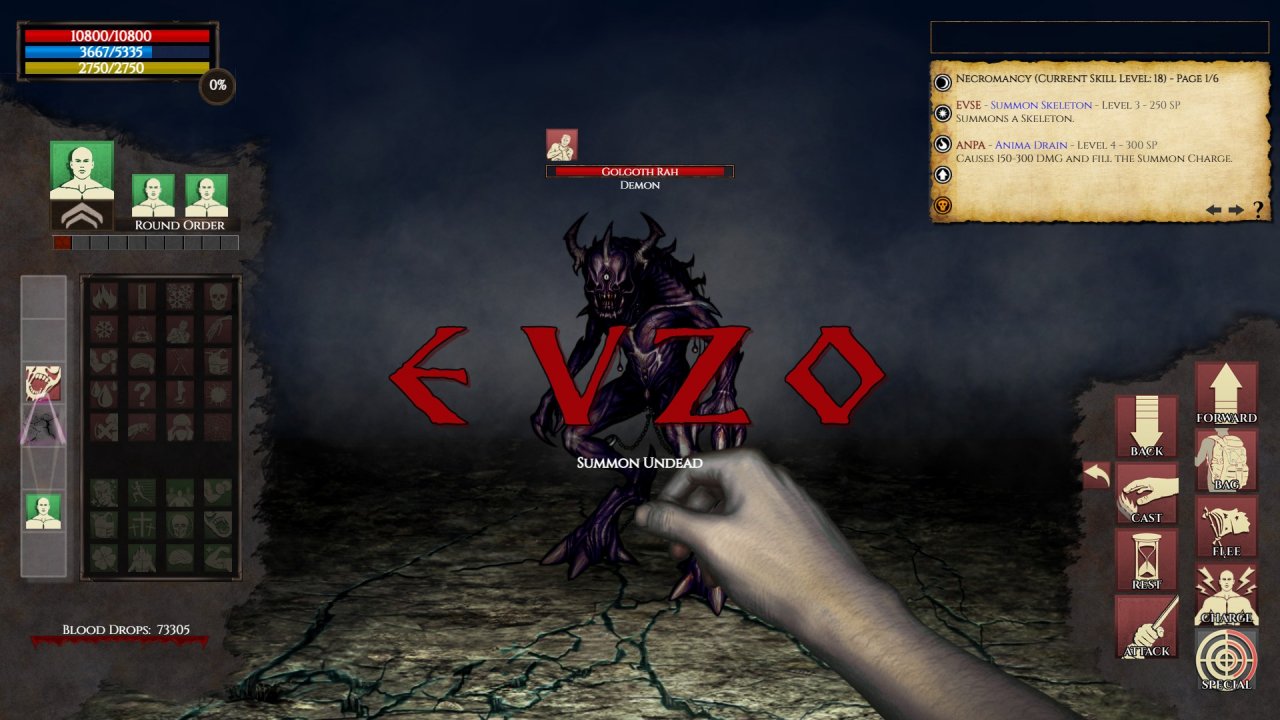
When it comes to character creation, the game offers 12 different classes - or archetypes to use Inferno's own terminology. No explanation of what each archetype does is offered. I don't see this as a particular negative, because Inferno isn't aimed at players who can't tell the difference between ranger and necromancer and strength and perception. I missed the flavor text, a bit of lore to get you in the mood, more than the functionality. There's also the ability to create your own character entirely, allocating points to attributes and skills - welcome, though I don't think there's a viable playstyle that isn't covered by the archetypes.
The first two hours of the game are the ones where the survival elements have some substance. The need for cooked food, clean water, building a campfire for safe sleep that replenishes health and mana points, with limited supplies and no telling when you'll escape immediate danger, leads to careful gameplay and avoidance of reckless use of resources, something that won me over despite not being a particular fan of survival games. By the time we find the Shelter Shelter though, all of this, while remaining as needs, is so easily addressed through the overabundance of available supplies and safe sleeping quarters that you come to wonder why they exist.

From there on, we will have to undertake a marathon of uninspired side quests to gain the trust of the inhabitants of our new camp. I was by no means expecting much in this area, but I have to admit that even so Inferno surprised me unpleasantly with its complete lack of even a hint of storytelling or variety on offer, as the three errands required to advance through the Shelter hierarchy are always the same (hunt enemies, rescue villagers, kill elite monsters), and are simply performed in new areas.
Of course, when I say "new areas", I'm unfortunately referring purely to map coordinates, because the environments are no more varied than the side quests either. We're basically moving between forested areas, ruined settlements, and stone dungeons. Not even our excursions to the outskirts of Hell itself later in the game are accompanied by any real visual variation, as Hell ultimately bears a strange resemblance to stone basements of human construction. It's at this point too, namely our fightback against the demonic hordes, that the hardcore difficulty that is one of the game's selling points goes out the window, and we become a turn-based Doom Guy who even has the Dukes of Hell for breakfast.
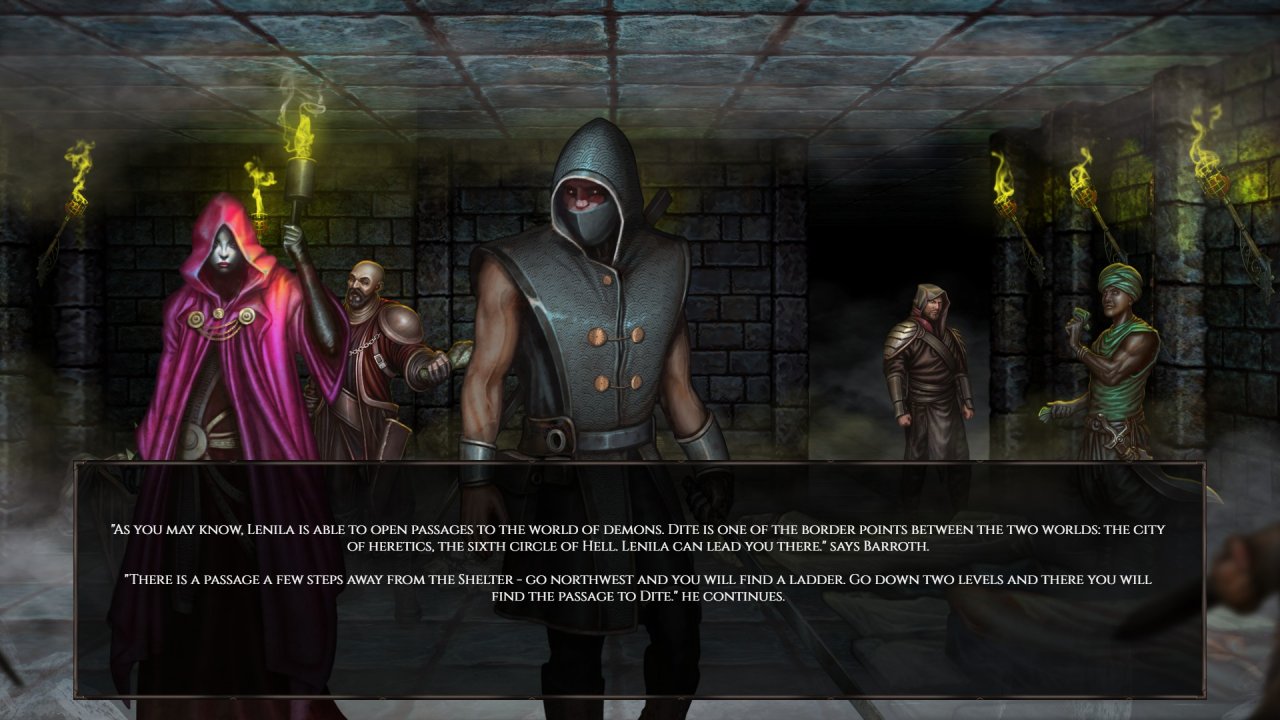
Inferno does much better at a key building block of a blobber, exploring a relatively complex map, with traps, secrets and puzzles. The automap is a valuable aid, as are spells that reveal illusions and the existence of hidden rooms, though not how to access them. In this respect Inferno offers great fun, unless you're a player who panics at the lack of a quest compass - in which case, best to stay away. It's worth noting that, eye-wateringly speaking, at least 20% of the game's world is completely optional when it comes to achieving the main quest objective.

I've mentioned Inferno's drawbacks at length - a complete lack of variety in environments and side quests, marginally too much feature creep in the mechanics, the survival elements lose their importance soon, the hardcore difficulty after the initial learning curve decreases until the character becomes horribly overpowered. But despite all these issues, Inferno manages something difficult to describe in a review. For about twenty-five hours, it took me back to 1996, back when it was just you and the game, transporting you to another world for the uninitiated few. When guides and bells didn't exist, when a visible but inaccessible chest marker on the map could keep you occupied for months, when it seemed perfectly reasonable to be stuck in a locked dungeon door for half a year, and when if you got really stuck, the only hope was to write to Master Andreas-Paraschetas. That's why the rating is quite a bit higher than you might expect after my thorough mention of Inferno's individual drawbacks - many of which, after all, were present in the 90s blobbers we loved.
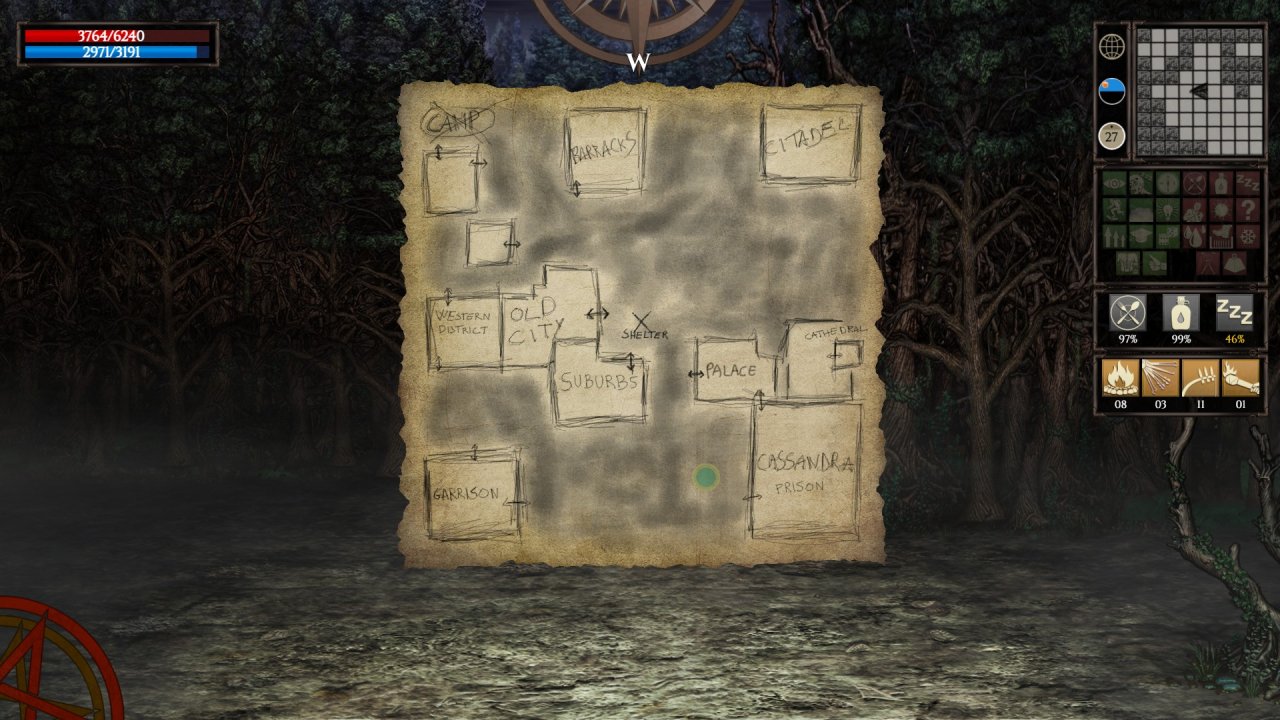
I also think that having now set up a world with very unique and interesting visuals, a robust turn-based combat system, and remarkable map design, 68k Studios has a solid foundation for a more ambitious scope, probably party-based blobber. I sincerely hope they go for it.
Note: The most recent update adds Linux support, and the ability to activate ironman mode after the first completion of the game, for the very hardcore types among us.
RATING - 80%
80%
Blobber
Despite any drawbacks, Inferno offers exactly the classic 90s blobber experience it promises, in a world with visual horror appeal.

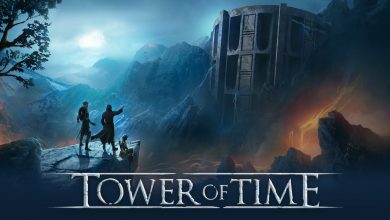
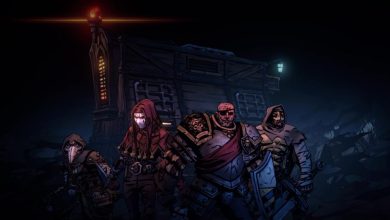

πωπωωωωω φιλε.
τι τον βανουν και παιζει ο αθρωπος…
καλη δυναμη, γκου.
εεεεε,…… ναι…… ηθελα να πω ωραιο ρηβιου.
γουισλίστηντ (ουτε κατα διανοια).
[QUOTE=”Χειρομαλάχτης, post: 571768, member: 104201″]
πωπωωωωω φιλε.
τι τον βανουν και παιζει ο αθρωπος…
καλη δυναμη, γκου.
[/QUOTE]
Δεν υπάρχει γλυτωμός για μένα Χειρομαλάχτα μου, το παιχνίδι μας το έστειλαν για review κατόπιν δικής μου αιτήσεως.
Από τα screenshot αρχικά μου έτρεξε το σαλάκι (αισθητική, User Interface κτλ.) Διαβάζοντας το κείμενο ξενέρωσα λίγο (κυρίως λόγω του ανύπαρκτου storytelling και του difficulty curve που αναφέρεις), σίγουρα όμως μια παιξιά θα την φάει κάποια στιγμή. Θένξ για την παρουσίαση!
Κι εμένα μου έτρεξε κάτι, αλλά δεν ήταν σαλάκι. Παίζει να μην είχε σχέση και με το ρηβιού, τώρα που το σκέφτομαι.